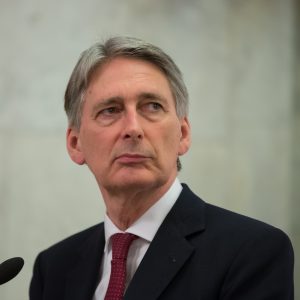
Under the MoU, the Bank will operate under a new capital and income framework aimed at reinforcing its independence and resilience and providing transparency and stability of the UK’s financial system.
As part of the arrangement, the Treasury is to provide a £1.2 billion capital injection from the Exchequer to the Bank’s balance sheet in the 2018-2019 financial year, a sum that would underwrite the £500 billion lending pot.
However, as the injection will stay in the public sector, it will be fiscally neutral.
This move’s objective is to increase the Bank’s capital to its target level, bringing it from its current level of £2.3bn to £3.5bn.
Also, it will enable the Bank to take the £127bn Term Funding Scheme on it balance sheet without an indemnity from the Treasury.
The BoE Governor, Mark Carney, explained in a formal letter: “With this injection, alongside our agreement for ongoing flexible income-sharing arrangements, the Bank will be appropriately capitalised.
“The framework also captures a set of principles for determining which monetary policy or financial stability operations should be undertaken on the Bank’s balance sheet and which operations should be indemnified by the Treasury.
“This will provide greater clarity, predictability, and accountability regarding the apportionment and management of the financial risks associated with these operations.”
Response from the chancellor
In response to Carney’s letter, the chancellor Philip Hammond (pictured), commented: “The framework also reflects the new ways in which the Bank provides liquidity.
“It is capable of lending against a wider range of collateral, to a wider range of counterparties, for longer terms, and at lower prices than ever before.
“In return for more sustainable financial resources, the Bank has agreed to provide more information to allow an effective, open and transparent monitoring of the use of its financial resources.
“Accordingly, the Bank will periodically share updates with HMT on the Bank’s performance against the budget, the level of the Bank’s capital, the risks borne by it and, where appropriate, notes explaining the key drivers.
“These arrangements should not, however, mean that the Bank would automatically take on any level of financial risk without recourse to HMT, particularly where that risk might be extremely large – so large that holding capital against it would not be the best use of public funds – or would involve potentially sensitive actions.
“In those cases, the Bank would expect to consult with HMT and where necessary seek indemnities.”















